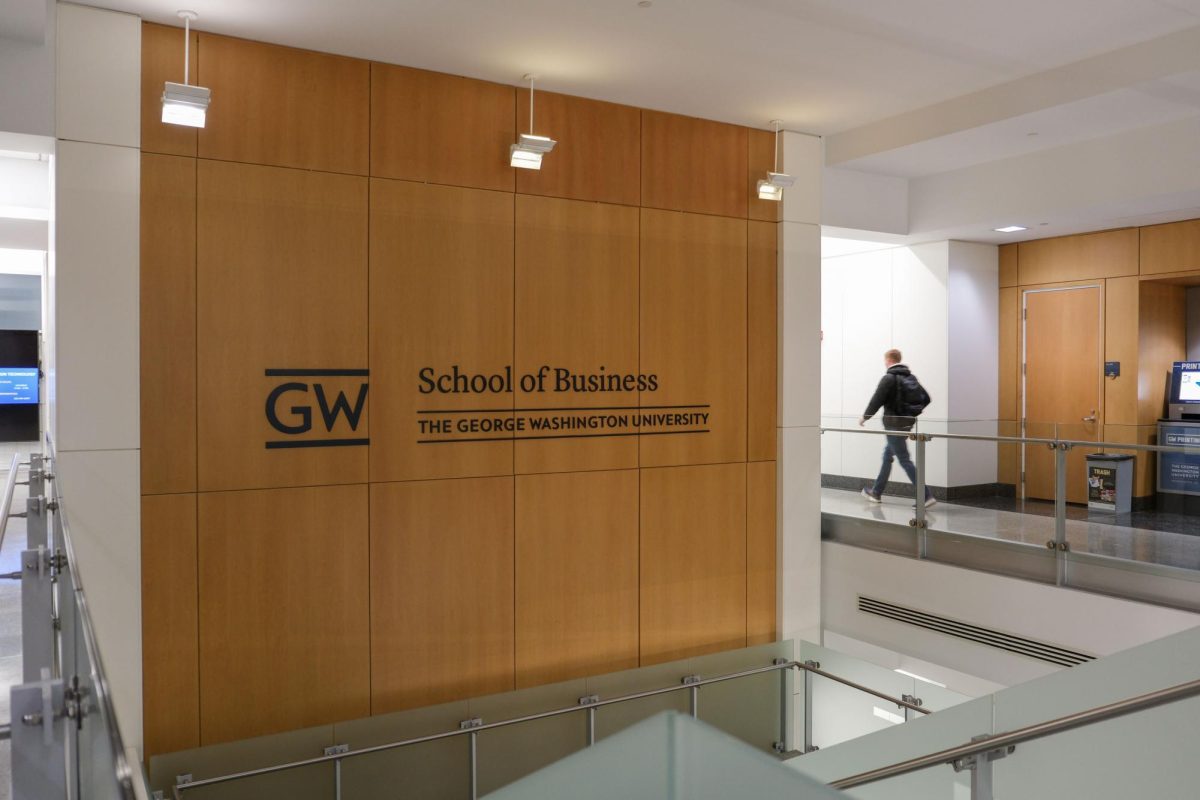The D.C. Metro map, a long-standing emblem for the region, will get a facelift this fall to reflect the split of blue line trains and the addition of a new line that will take riders to Dulles Airport.
Metro officials tapped Lance Wyman, one of the original designers of the map in 1976, to lead the redesign that will update rail routes but maintain the map’s symbolism.
The new blue line, which will aim to ease Metro congestion by sending some trains across the Potomac River on what is now the yellow line bridge, is slated to open next year. A new rail line, unofficially dubbed the silver line, will connect riders from East Falls Church to Tyson’s Corner, beginning in 2013. Phase two, which will include both Dulles and Loudoun County, Va., will be completed in 2017.
While some 5,000 Metro maps will need to be replaced across the region, and cell phone applications will need to be updated, the Metro changes also mark a significant step for the transit system. The two phases of implementation for the new rail line will combine to a total cost of approximately $6.6 billion.
“There are some important considerations for the new map. We recognize that the Metro system map is iconic and is a treasure for the system. It’s something that we want to ensure that we do right as we move forward,” the chief spokesman for the Washington Metropolitan Area Transit Authority Dan Stessel said.
Chris Klemek, a professor at GW who specializes in D.C. and urban history, recognized the map’s historical significance, but said it is primed for a 21st century redesign.
Since the first draft of the map, there have been many developments in graphic design that reinforce the level of creativity and effectiveness, Klemek said.
Many are also calling for specific improvements to the map’s look, like reducing the length of station names or updating the map’s parking symbols.
Zachary Schrag, a history professor at George Mason who wrote “The Great Society Subway: A History of Washington Metro,” said he hoped for critical changes to the map, but called for it to uphold the “emotional resonance for Washingtonians.”
“The map has deteriorated since 1976, with the hypertrophy of station names and poor decisions about their placement,” Schrag said. “If Lance Wyman is able to reduce the clutter and restore some of the elegance of his original design, he will be applauded.”
The map redesign has drawn attention from not only graphic design enthusiasts and urban planning experts, but also from District residents. Stessel said Metro will reach out for public input when the map design is revealed in the fall.
He said Metro will conduct focus groups to test concepts among customers, in addition to gauging public input through other means.
“The great thing about the D.C. area is that there are lots of smart people who are passionate about the Metro system,” Stessel said.
The Greater Greater Washington blog, a website that specializes in transit developments in the region, proved this public interest when it created a redesign contest this spring to generate interest and ideas about the Metro.
Greater Greater Washington editor in chief David Alpert said the thought was there could be many ideas to improve the Metro map, coming from anyone in the community. Essentially, the blog created an informal contest where people were invited to submit designs.
“The Metro map is more than the diagram you use to navigate the Metro – in a way it’s the mental image people develop of the region. The map becomes the point of which you orient yourself,” Alpert said. “There isn’t anything fundamentally terrible about the map. Most people expect that it’ll be pretty similar, with some things that’ll change.”






